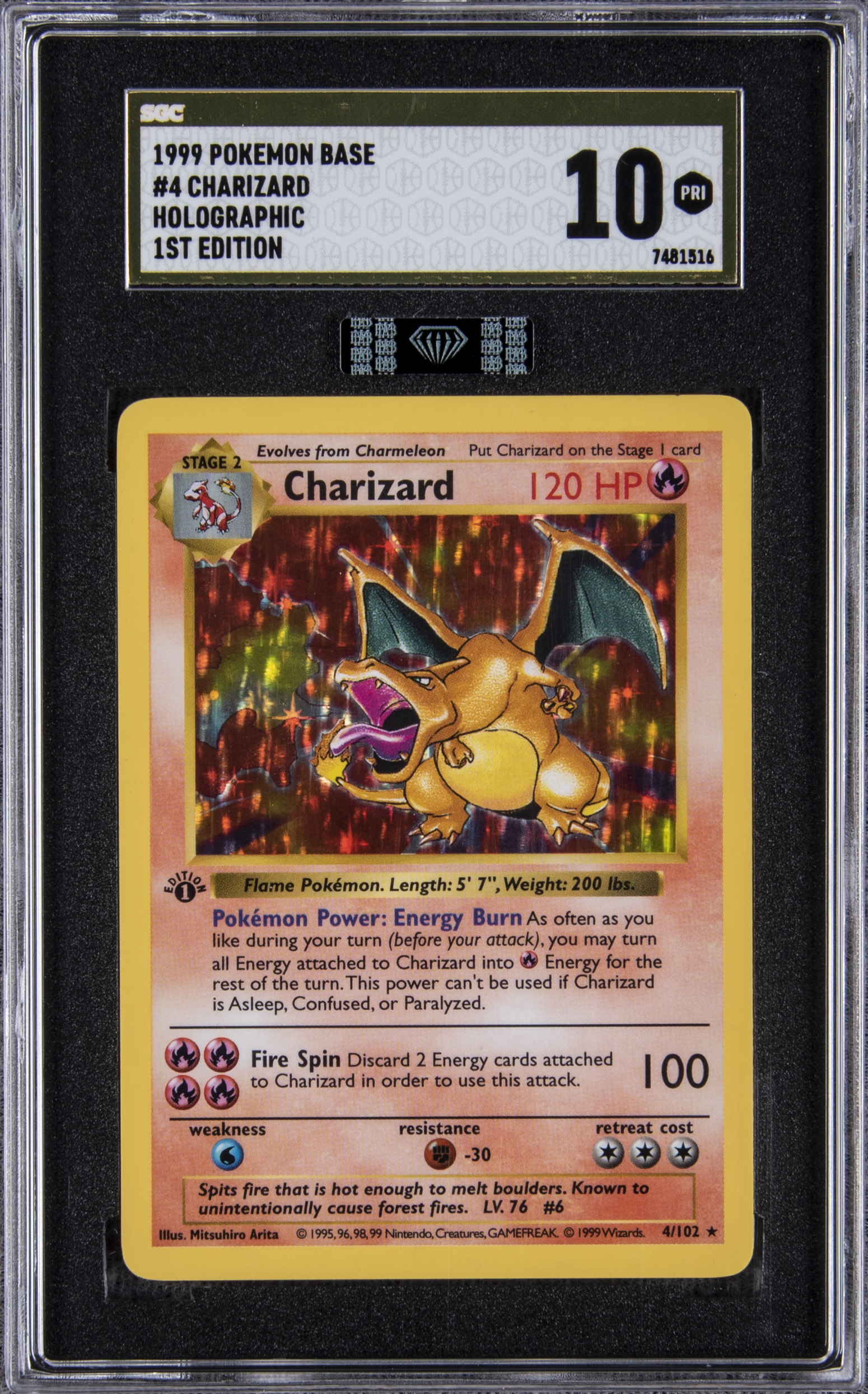
The changes are previewed in the “Selected Screen Colors” section. To set the color, select a setting you want to change, then either set an RGB value in the “Selected Color Values” section in the top-right corner, or select a pre-set color from the row of color boxes just below.

“Screen Text” affects the color of text, while “Screen Background” affects the background color of Command Prompt. There are four settings you can change, the Screen Text, Screen Background, Popup Text, and Popup Background. To configure Command Prompt’s colors, switch to the “Colors” tab.

Windows Command Prompt – How to Change Colors With that, you’ve changed the default font face in Windows Terminal.Type the full font name in the “Font Face” field.Select the shell of your choice on the sidebar.Click on the dropdown icon on the title bar.Specifically, you can change the font of each shell individually. The Windows Terminal lets you change the default font face directly from its Settings page. we are going to cover them in later guides. With simply a number of clicks, you’ll be able to do the modification of the Windows Terminal background such as: color schemes, pointer sorts, acrylic effects, text rendering, anti-aliasing, etc. In addition to any or all this, Windows Terminal has intensive customization choices to allow it a make-over to fit your style. For those that want to customize Command Prompt, doing therefore is comparatively easy and during this guide, you will learn and try how to do it for the Windows Terminal app on Windows ten. You may want to change the font and colors because you like a certain style or just because you find it easier to read, or it gets easier for your eyes over an extended period of time. If you’re spending a lot of time using Command Prompt in Windows, then you’ll in all probability wish to customize its look.


 0 kommentar(er)
0 kommentar(er)
